http://farside.ph.utexas.edu/teaching/em/lectures/node94.html states:
Note that the formula (1100) is only valid for \$l\ll \lambda\$. This suggests that \$R_{\rm rad} \ll R\$ for most Hertzian dipole antennas: i.e., the radiated power is swamped by the ohmic losses. Thus, antennas whose lengths are much less than that of the emitted radiation tend to be extremely inefficient.
Of course, this is a well-known fact. But I don't see the reasoning for that.
Let's plug in some numbers (10 kHz, wavelength 300km; length of dipole \$l=300\mathrm{m}\$ (=100x less than wavelength).
\$ R_{\rm rad} = 789 \left(\frac{l}{\lambda}\right)^2 = 78.9m\Omega . \$
The text above does not clarify what exactly is meant by the swamp of ohmic losses. But on the back of some envelope, let's assume that the wire can't be longer than \$l\$ (by definition) but that also implies that it can't wider (otherwise it would get longer). So as an upper bound we have a metallic cube of length \$l\$. Resistivity of silver is 1e-8:
\$ R = 1\cdot 10^{-8} \frac{l}{l^2} = 33p\Omega . \$
Orders of magnitude smaller than the radiation resistance!
Even if I make the cross section 1000x smaller than the length, the ohmic losses are still just \$33\mu\Omega\$ ... orders of magnitude smaller than the radiation resistance.
I also take the Skin effect into account but it does not change the result significantly:
\$ R_{\rm skin} = \frac{\rho}{2\pi r \delta} = \frac{\rho}{2\pi r \sqrt{\frac{2\rho}{\mu 2\pi f}}} \approx 27\mu\Omega . \$
